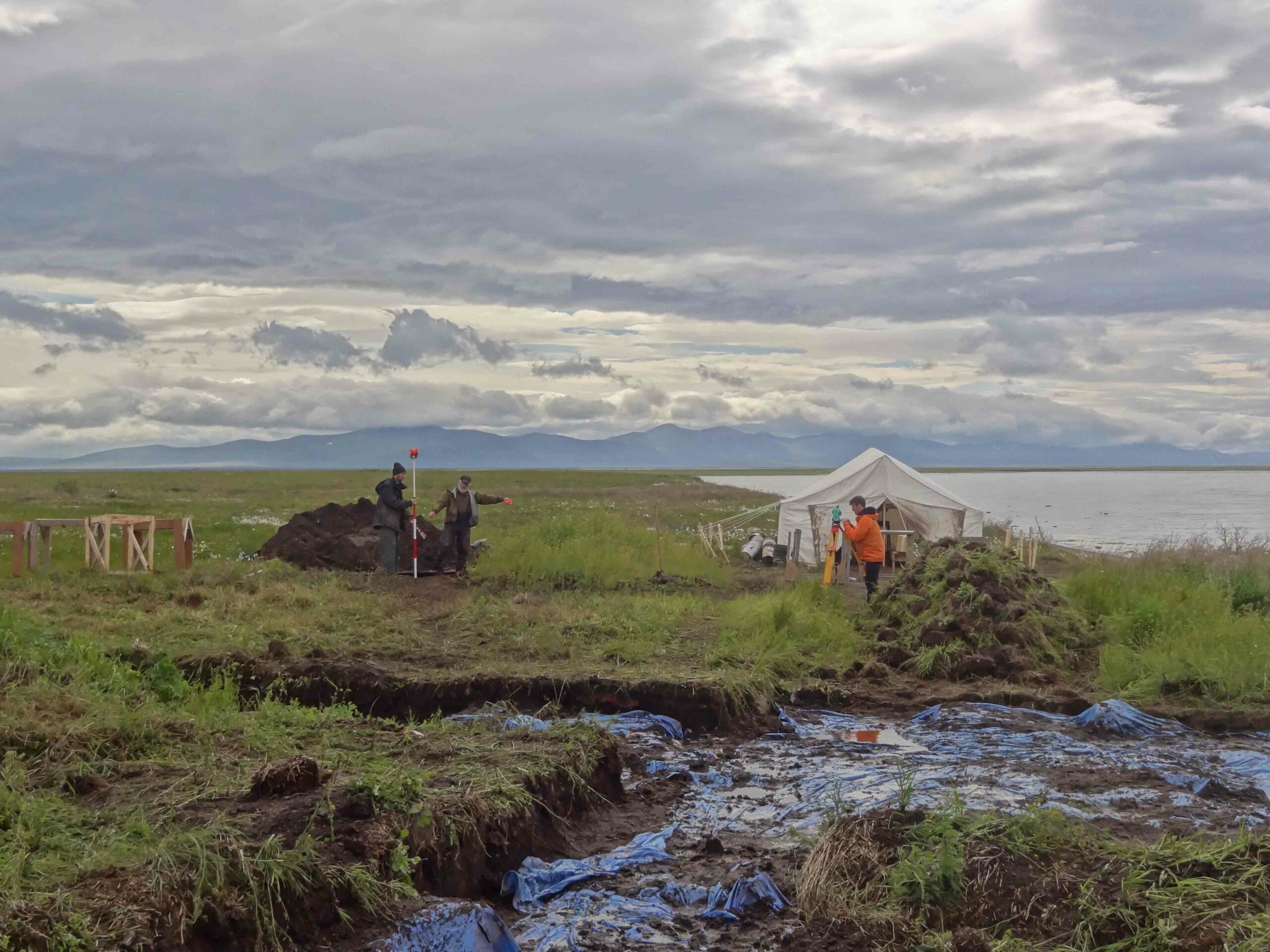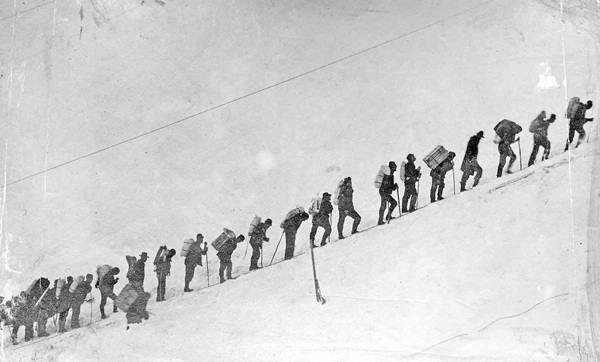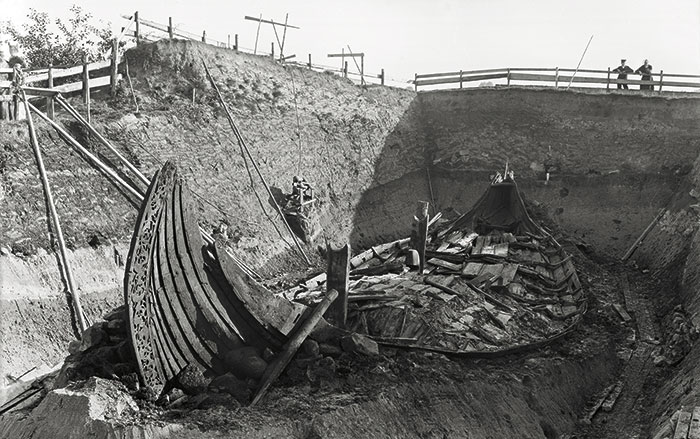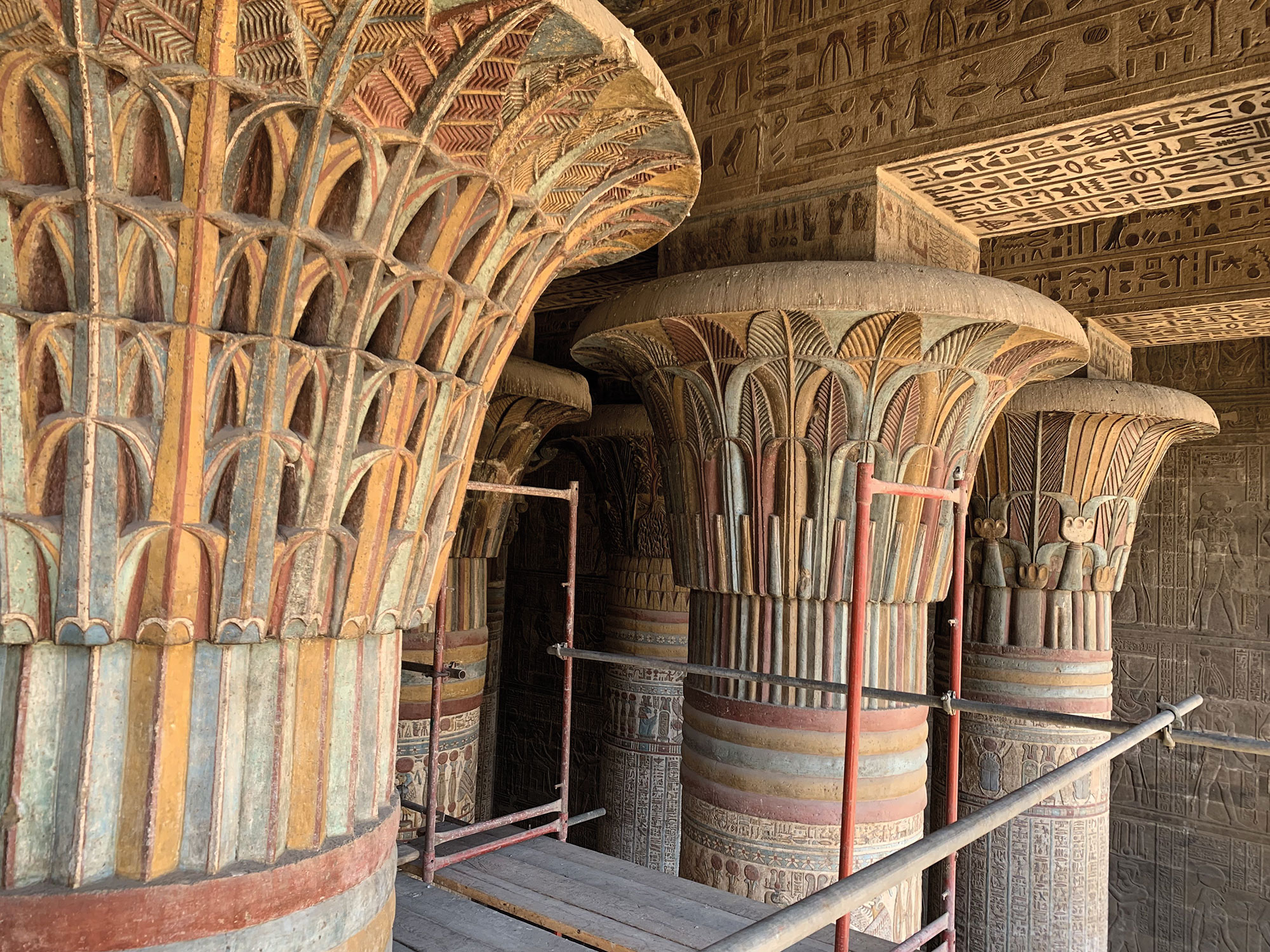
ALASKA: A home containing the cremated remains of a three-year-old child is providing a look at the people who first crossed the Bering Strait to populate the Americas. The child, dubbed Xaasaa Cheege Ts'eniin, or "Upward Sun River Mouth Child" in Athabascan, died around 11,500 years ago—the oldest human remains found so far north. The site also shows that these Paleoindians subsisted on salmon during the summer and, like those back in Siberia, had semisubterranean houses.











